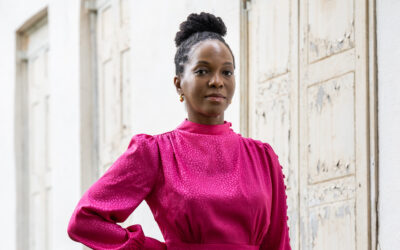
From the Winter 2022 Issue of CA Magazine
Story by Jacqueline Mitchell | Illustration by Mike Austin
CA alumnae/i are fighting to protect an indispensable natural resource and are appreciating it in new ways
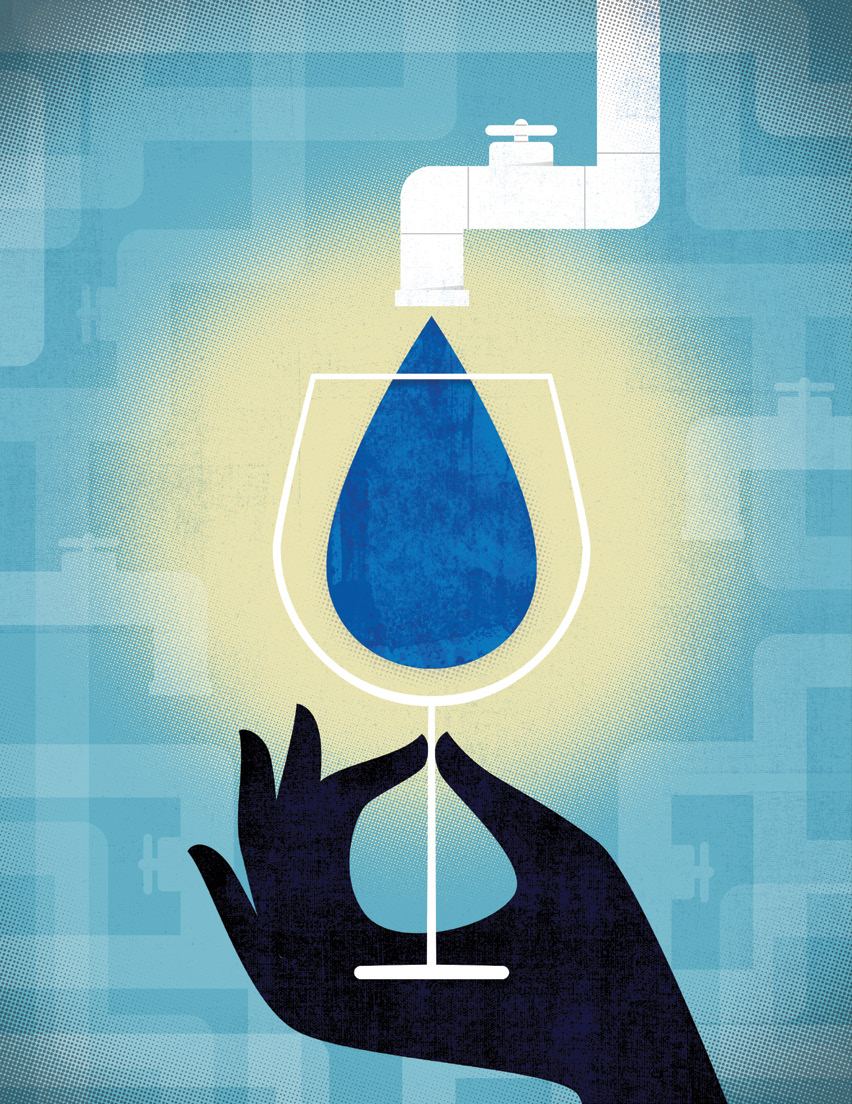
When Alex Pugh ’85 dipped his canoe paddle into Maine’s Sheepscot River after a recent heavy rain, he noticed something he’d never seen in more than 20 years of monitoring water quality. “After this 4 1/2-inch rainstorm, as soon as the paddle entered the water, it disappeared,” he says. “It was so clouded up. All of that sediment is carrying all sorts of different pollutants … washing off the river banks up above.”
Pugh is the senior environmental hydrogeologist in the Subsurface Wastewater Unit for the Maine Centers for Disease Control and Prevention, a position he’s held since August 2021. For 27 years prior, he served in Maine’s Department of Environmental Protection. The increased turbidity he observed is the result of more frequent and more intense rain storms, one well-established symptom of climate change. While turbidity doesn’t occur often in the Sheepscot, Pugh has spent his career keeping an eye on a parade of contaminants that threaten the river, its inhabitants, and the humans who live near it.
Most Americans take clean water for granted. We wash our hands, take showers, do laundry, and boil spaghetti without a second thought. But in recent years, high-profile failures of municipal water systems like that of Flint, Mich., have underscored the fragility of this most important public resource. As many as one in three Americans may live in regions where contaminants in tap water exceed federal EPA-recommended limits.
Over the course of his career, Pugh has contributed to efforts to mitigate acid rain, reduce gas and oil spills, and contain a gas additive intended to cut carbon emissions. Today, his biggest concern is a class of emerging contaminants called PFAS—per- and polyfluoroalkyl substances, also known as “forever chemicals.” Pugh has sampled wells near a landfill to understand PFAS distribution, and near a dairy after high levels were detected in its milk.
Manufactured since the 1950s, these synthetic chemicals are used in household and commercial products ranging from shampoo and dental floss to stain-repellent carpets and fire-extinguishing foam. They have been linked to decreased fertility, developmental delays in children, increased risk of obesity, and some cancers. Once in the environment, they never break down. Rather, PFAS bioaccumulate, working their way up the food chain as larger predators consume contaminated prey. The national Centers for Disease Control and Prevention has found measurable levels of four specific PFAS in nearly all people tested since 1999.
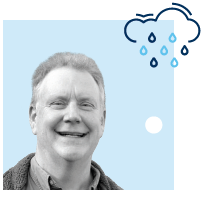
THE INCREASED TURBIDITY PUGH OBSERVED IS THE RESULT OF MORE FREQUENT AND MORE INTENSE RAIN STORMS, ONE WELL-ESTABLISHED SYMPTOM OF CLIMATE CHANGE.
Though PFAS have been on the Environmental Protection Agency’s radar since the early 2000s, they remain unregulated. The Biden administration has signaled an intention to set enforceable limits on PFAS in drinking water in 2023, but the plan requires coordination across eight federal agencies. Even if that’s successful, it’s not clear how to reverse the damage PFAS have done during their 70-year head start.

“Allowing companies to just ‘clean up’—you’re never going to fully restore the resource that was damaged back to where it was before it was contaminated,” says Kate Hudson ’66.
She speaks from deep experience. During her nearly 40-year career in environmental law, she served as assistant attorney general in New York State’s Attorney General’s Environmental Protection Bureau in Albany, where she worked on the state’s case against General Electric (GE) for polluting the Hudson River. Hudson argued that the state should take advantage of laws that allowed state and federal agencies to pursue compensation from polluters for irreparable damage to natural resources.
For 30 years after World War II, GE dumped more than a million pounds of PCBs into the Hudson River. The chemicals are still found in sediment, and in fish, throughout the river’s ecosystem, “all the way down to Manhattan,” says Hudson. Collaborating with a team of lawyers and scientists, Hudson says she worked to “arm-wrestle with this big and powerful corporation” for eight years. The case culminated in 2009 when the company began its EPA-ordered, $1.7 billion removal of contaminated sediment. But the battle continues. In 2019, New York sued the Trump-era EPA for excusing GE from further dredging while PCB levels remain unsafe.
“There are many subsistence anglers up and down the Hudson River,” Hudson says. “And because of the PCB contamination, there are fish consumption advisories still in place for women of childbearing age and children. It’s really important for me to make sure that people impacted by this are going to be compensated in some way.”
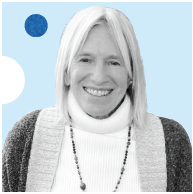
“ WE IN THE WESTERN UNITED STATES ARE FACING EXISTENTIAL WATER SHORTAGES, ACTUAL WATER POVERTY.”
–KATE HUDSON ’66
Hudson says the experience honed her focus on water. In 2011, she followed a colleague from the New York State’s Department of Environmental Conservation to Riverkeeper, a New York State water advocacy group, where she worked closely with a coalition of stakeholders to safeguard New Yorkers’ drinking water from an emerging threat: fracking. In 2014, New York became the first of few states to ban the practice.
In 2017, Hudson moved to Colorado, where she is now the western U.S. advocacy coordinator for Waterkeeper Alliance, the umbrella organization of Waterkeeper clean-water rights groups worldwide. Out west, she’s putting her hard-won expertise to use on another problem.
“We in the western United States are facing existential water shortages, actual water poverty” she says. “I’m sitting here near the headwaters of the Colorado River, which supplies 40 million people in seven states and two countries with water. And it is literally just disappearing. Why? Because of climate change driven by fossil fuels.”
Because of that, the issue that most concerned Hudson was the Trump administration’s leasing of public lands for oil, gas, and coal extraction, she says, as part of a reversal of federal climate and wetlands protections. In all, the administration rolled back 112 environmental laws between 2017 and 2020, according to the New York Times.
As she’d done with New York State’s fracking fight, “I needed to find partners, join coalitions and develop relationships that would expand the Waterkeepers’ ability to make a difference,” Hudson says. And so, together with regional and national environmental organizations, “we commented, fought, and protested every oil and gas lease sale on public lands held by the Trump administration four times a year in six Western states,” she says. During Trump’s four years in office, his administration offered leases on 108 million acres of U.S. public lands. Just over 10 million acres’ worth of leases were sold.
Hudson says, “We have to consider holding the line as a win.”
But she knows the stakes are monumental. “To protect our rivers, we must protect our planet from climate change,” she says. “It is the very survival of rivers, which is inexorably tied to our ability to survive on this planet, that is at stake. We have 10 to 15 years to save our planet. I am committed to working on that for as long as it is possible for me to make a contribution to that absolutely critical fight.”

“Humans really are an unprecedented species in our ability to solve problems and figure out how to work together to get things done,” says Elena Berg ’91. “We are always looking for ways to connect with and cooperate with other people.”
For the last seven years, Berg has taught environmental science at the American University of Paris. Trained in animal behavior and biological anthropology, Berg places emphasis on the science. That’s why one day when her class seemed unenthusiastic about a planned lab activity, she improvised something of a clinical trial—blinded and non-blinded taste tests of bottled and tap waters. Could students tell the difference among various high-end mineral waters? Could they detect the tap water hidden among them?
Spoiler alert: They could not. But that result—which Berg and an economist colleague published in the Journal of Wine Economics—raised a host of questions in Berg’s mind.
“At the time I was very critical of bottled water—as an environmentally conscious person, bottled water is easy to hate,” she says. “But the more I learned, the more interesting and complex the questions became.”
Why would someone spend money on mineral water if they had access to safe, clean, palatable tap water? Why do people have favorite brands of bottled water, when few of us can discern the differences among them without their labels? What are some of the psychological differences between the European and American bottled water consumer?
Berg thought the best way to understand the bottled water industry was to become a water sommelier— a several-decades-old discipline that borrows some of the principles of wine tasting to gain a better appreciation for diversity among naturally occurring waters. Tasters focus on water’s natural minerality—is it light and neutral like snowmelt or flinty like well water?— and carbonation. During the pandemic, Berg found an online program and dove in.
She quickly learned that experienced water sommeliers as well as small producers of mineral water are the perfect spokespeople for the protection of our waterways and universal access to clean water. She thinks of a Slovenian water producer and tasting judge she encountered in a recent international water competition she attended virtually: Passionate about the water from his region, he’s invested in protecting the area’s environment and is keenly aware of sustainability.
“To people like him, water is something to be enjoyed, treasured, and uplifted so that it becomes more central in our consciousness,” says Berg. “Vilifying that makes no sense, though it’s easy to hate bottled water. We need to love water if we are going to protect our access to it.”
Berg says her students are right to decry the practices that make major corporations’ bottled water products unsustainable—plastic bottles, use of municipal waters, making a mint off what should be a free public resource. But she hopes to impart a lesson about ambiguity.
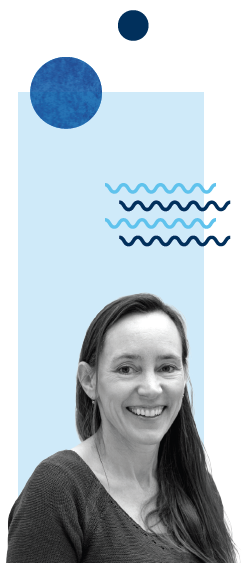
“WE NEED TO LOVE WATER IF WE ARE GOING TO PROTECT OUR ACCESS TO IT.”
–ELENA BERG ’91
“Actually solving environmental problems is never as easy as saying, ‘Ban all bottled water,’” she says. “I hope I can help my students grapple with that.”
She sees a glimmer of hope. She recalls a finance student, forced to take her class for the science credit, who barely passed. But in a conversation later, he told her about his latest business venture—a solar powered device intended to solve problems in developing nations with inconsistent power grids. “I don’t think I would have thought of it if I hadn’t taken your class,” he said.
“The reality is there’s no reason why we can’t solve any of our water and climate problems,” Berg says. “They are complicated; accept it. When I shift the narrative in the classroom and I start talking about what we can do about it, that’s when I see the spark, that’s when students get motivated. I just help them imagine what they’re going to do about it.”



